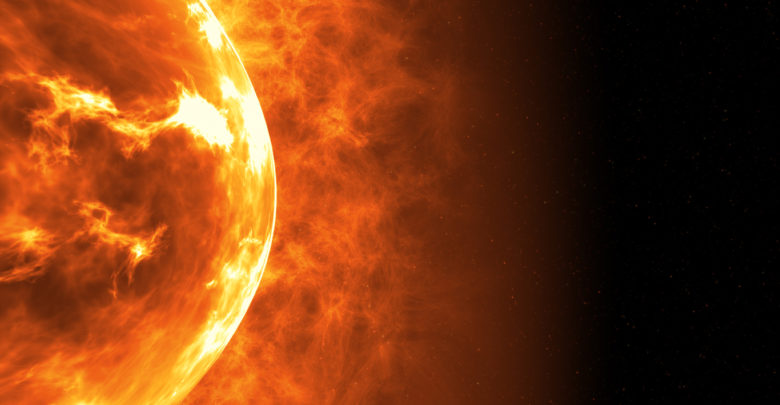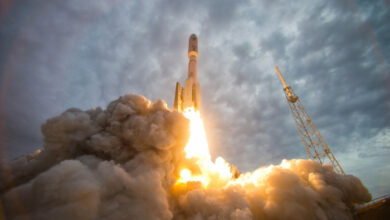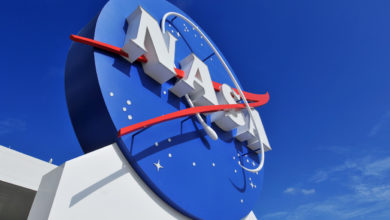Science
NASA’s Parker Solar Probe Sets New Record, Comes Closest To Sun
Parker probe passed the current record of 26.55 million miles from the Sun's surface on Monday

The US space agency, NASA, on Monday, announced that its historic Parker Solar Probe, which was launched earlier this year, has set a new record for becoming the closest human-made object to the Sun. The spacecraft passed the current record of 26.55 million miles from the Sun’s surface on Monday, on Oct. 29, 2018, at about 1:04 pm EDT. The German-American Helios 2 spacecraft had set the previous record for the closest solar approach back in April 1976.
“It’s been just 78 days since Parker Solar Probe launched, and we’ve now come closer to our star than any other spacecraft in history,” said Project Manager Andy Driesman from the Johns Hopkins Applied Physics Laboratory in Laurel, Maryland. “It’s a proud moment for the team, though we remain focused on our first solar encounter, which begins on October 31.”
The $1.5 billion Parker probe was launched atop a United Launch Alliance Atlas V rocket in the early hours of Aug. 12, 2018. The mission will take humanity closer to the Sun than ever before. If everything goes as per plans, Parker will be the first spacecraft to fly through the Sun’s corona, the outermost part of the star’s atmosphere. The probe is protected by a special 4.5-inch-thick carbon-composite shield to withstand the heat of nearly 2,500 degrees Fahrenheit. It will reach its first perihelion, or point closest to the Sun, at about 10:28 p.m. EST on Nov. 5.
Parker will complete seven flybys in the next seven years time to gradually bring its orbit closer and closer to the Sun. It will repeatedly break its own records as it progresses ahead on its mission. The spacecraft is expected to reach close to 3.83 million miles from the Sun’s surface in 2024.
Last week, the US space agency revealed a stunning image of Earth taken by Parker Solar Probe on its historic journey toward the sun.






